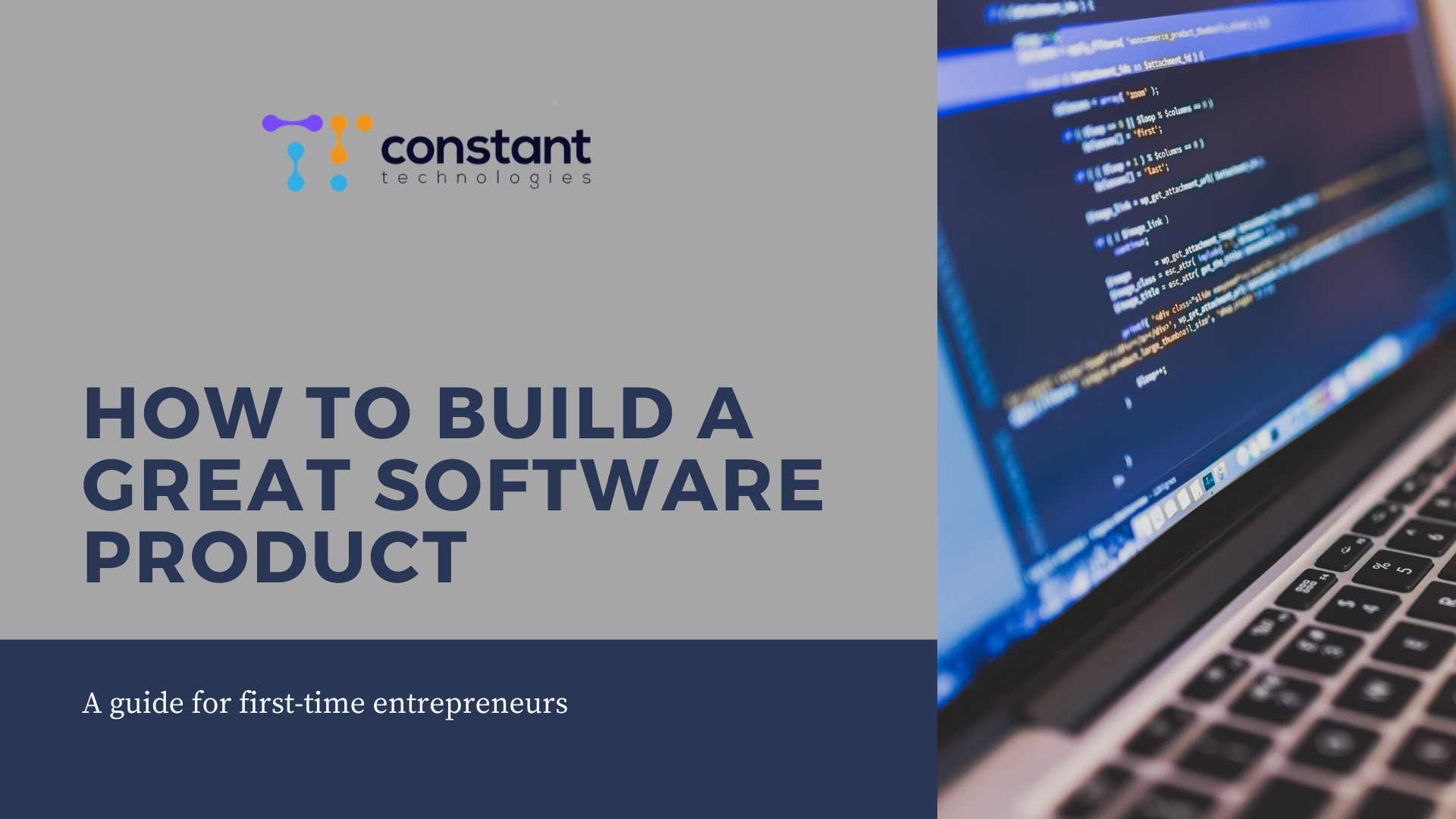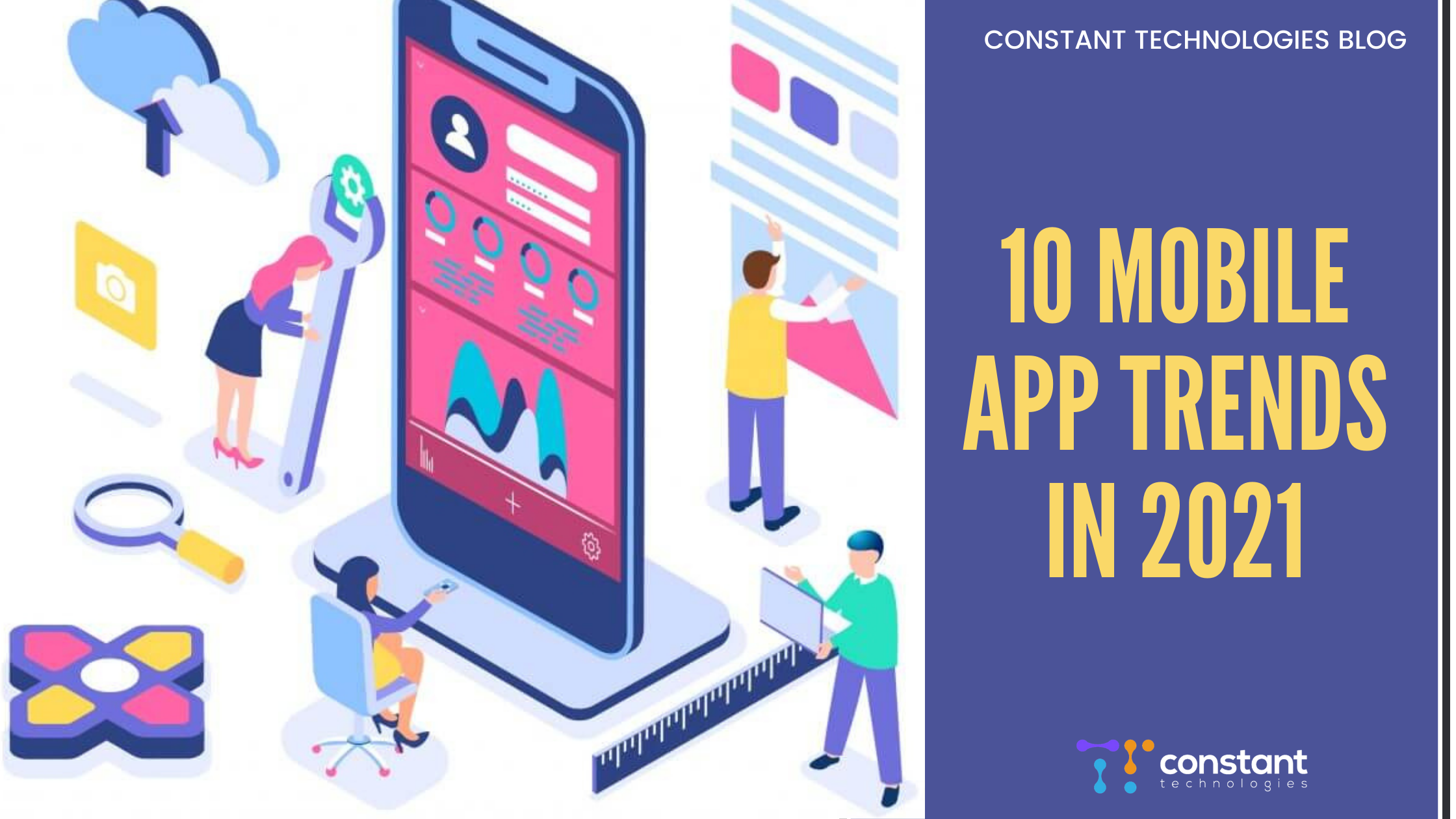Can you build a great product on the first try? Are there some best practices that will help you achieve this? In this article, we will try to highlight all the nuances of this process and give you 8 tips for a great software product that you need to bear in your mind.
Would you believe or not but for creating a great company you need a great product. Most people believe that throwing away lots of money on PR and marketing of a product can make it successful and can sell it.
Once the “Father of Advertising” David Ogilvy said that great marketing only makes a bad product fail faster. And it is really true. If you don’t possess a great product that is of high quality and useful, which is offering a solution to its users and is somehow unique, the path of your success story can be rather difficult.
We always read about success stories of this or that company but we need to remember that behind all these success stories are hidden many failures and countless failed startups that never got the product right. Let’s learn more about the following 8 tips for a great software product.
Building great products is a difficult skill
Many believe that because they use products and have an opinion about them, they can also design and build them. But great product people are rare to be found, there is no formal training to become one. The best product people have learned through failures, have years of experience, are passionate about design, obsessed with the user experience and always on top of the latest tools and technologies.
There is no strict guideline on how to build a great product. However, there are principles that should be followed, questions that should be asked and tools that should be used. So let’s dive deep into this process and understand the main points of building a great product.
Analyze the market
Before making a new product you should understand your market needs. Find your competitors, measure their strengths and weaknesses and try to highlight your advantages towards their product. Create your target audience, analyze your potential users’ behavior and user experience.
Data is your guide
Guess less, use the data. Make massive surveys to implement the best and most wanted features in your product. No matter how good your intuition is even when you are an experienced product designer or manager you should seek to take advantage of the data available in the market, provided by customers, and available through your competitors. Bear in your mind that you can learn on the failures of others, their experience can be the best helping tool using which you can master your product and hit the market.
Understand your product’s value towards others
- Take a moment and ask yourself the following questions:
- How is it going to be different from what already exists in the market?
- What are the alternatives?
- How big is the opportunity for your product in its market?
- Is the timing for your product right?
Having answers to all of these questions you can have a clear vision of how is going to be the product and the process of its implementation into the market.
Be the user
Make a habit to use your own product on a daily or weekly basis. This way you’re putting yourself in your user’s shoes. Using this kind of approach, you’ll be able to detect the problems concerning your product’s customer experience early on. Thus, you’ll gather certain natural optimizations to be fixed, like, maybe we should place this button on the left, not the right when your hand instinctively looks for it on the left side of the screen rather than the right. While using your product, you’ll also get new ideas for useful features.
Talk to customers
Always be in touch with your customers. Organize surveys, polls or just directly chat or have calls with them. Ask questions about their habits or needs. Try to wonder what they will change in your product once they are its owner.
Observe them using your competitors’ products and yours at various stages of development. This takes time, but it’s extremely valuable while designing your product. There are also many tools available that are making your customer research process more systematic, from surveys to analytics and behavior tracking, as well as smart customer support and feedback tools. CrazyEgg , Hotjar, Mixpanel, Amplitude are among them that are worth mentioning.
Strong product team
To be able to make into life your crazy ideas you need to have a strong team of professionals next to you. Build an active and strong product organization with the people who are as passionate about the idea as you are. Don’t underestimate the need for the right people in the right roles in order to measure the data, conduct your user testing, curate the development process, define the features, and coordinate the process. Make time to recruit these people, train them and design the right processes to be used.
Use deadlines to your advantage
We are given 24 hours in a day. Limitations while keeping us focused and grounded, force us to prioritize. You need to learn to work within deadlines. Leverage timelines to your advantage, most projects in the software world are released with delays, usually because it’s hard to predict future outcomes.
Initially, focus on building a decent product. Of course, it should be good enough to put in front of customers. Making small measurable changes, testing often and accordingly refining the product is a lot more effective than making big, time-consuming changes that are harder to test and more challenging to get rid of if they don’t work. Don’t underestimate the power of simplification. Don’t forget, the beauty of the iPod was its simplicity.
Tell a simple and compelling story
Always strive to ensure your product tells a clear, simple and compelling story. Remember that people connect with stories, not with facts and features.
Always strive to ensure your product tells a clear, simple and compelling story. Remember that people connect with stories, not with facts and features. Storytelling is the best key to be connected with people and with your future customers. Take as an example Nike, Airbnb, GoPro whose strategy is mainly concentrated on their customers’ stories and achievements.
Conclusion
These 8 tips for a great software product are the few general points that you need to bear in your mind and implement while thinking of building your own product. Always remember that failures are the nature of creative work. If you’re messing up, it’s often because you’re exploring different solutions.












